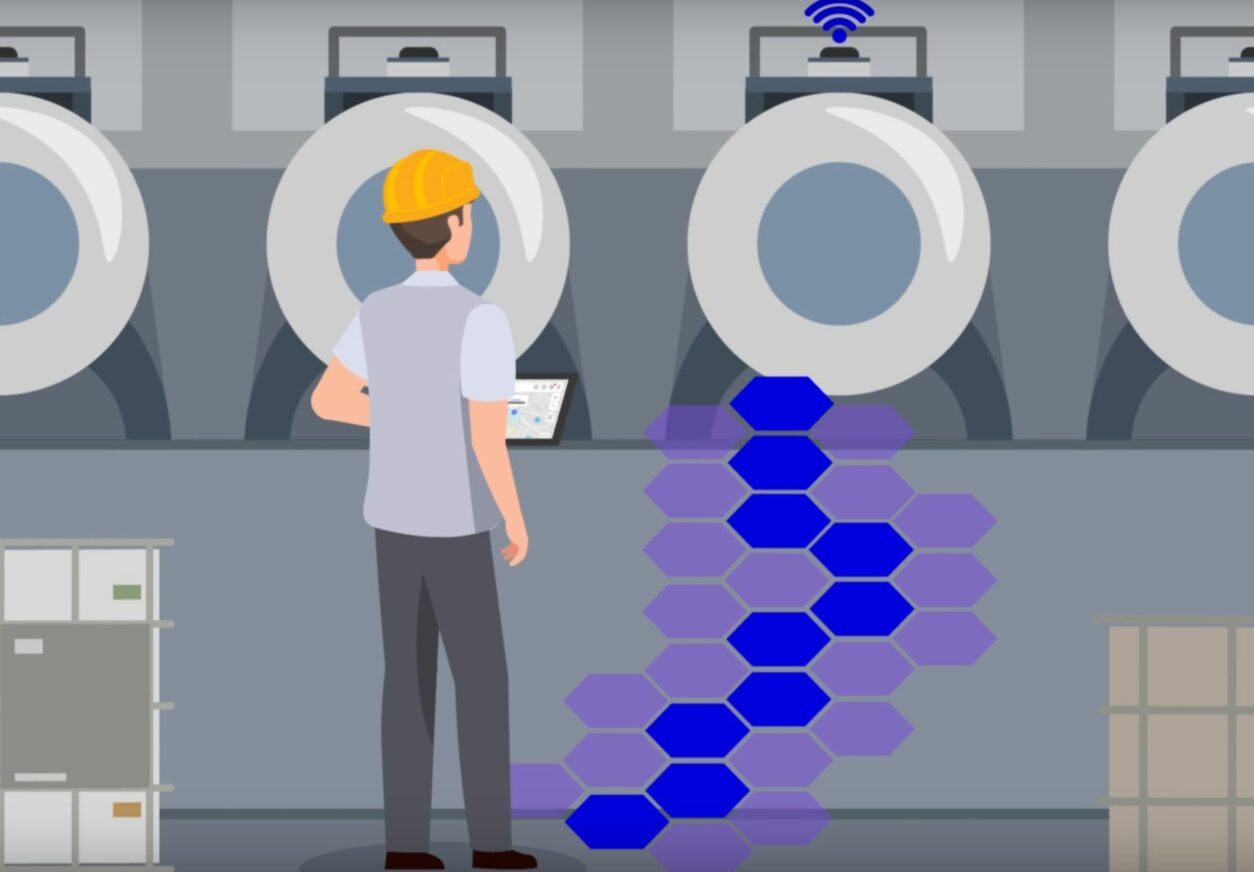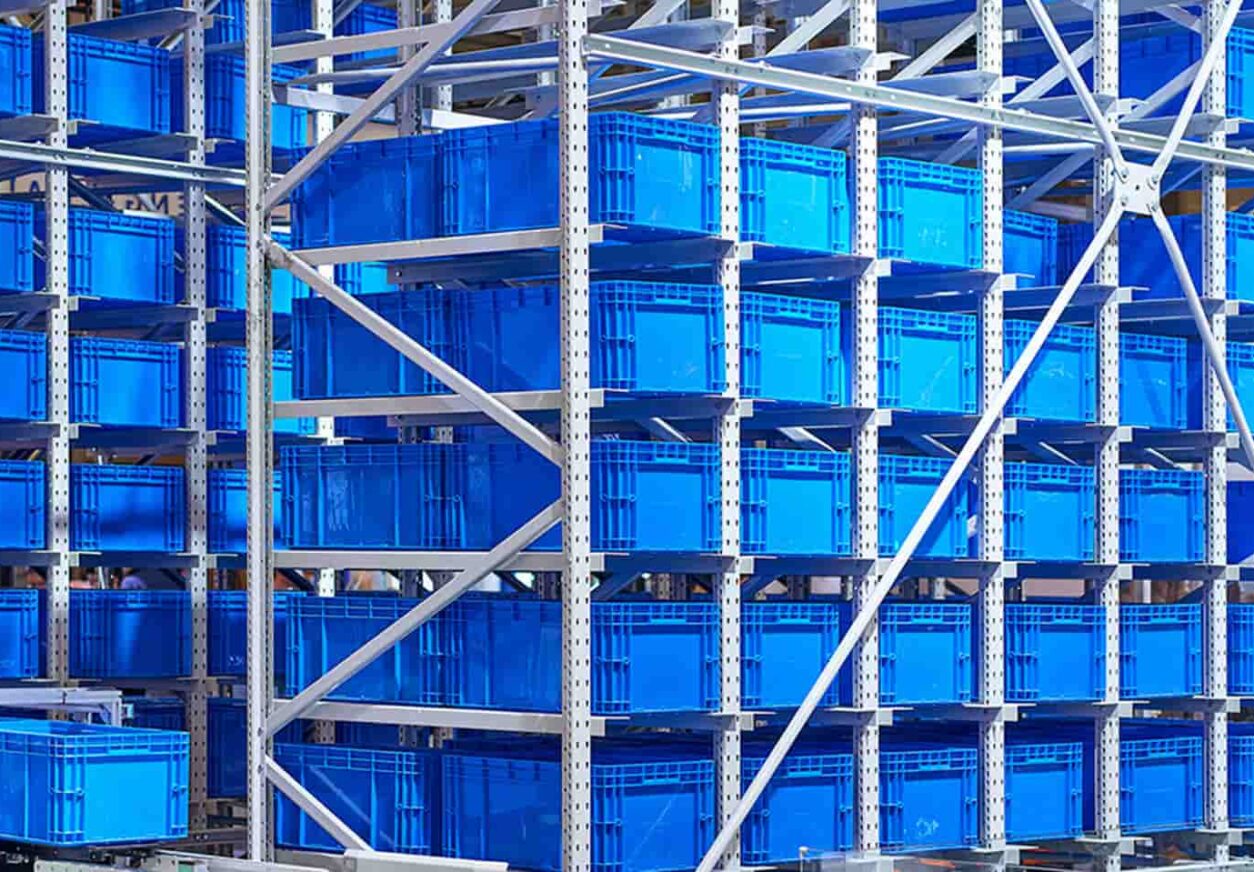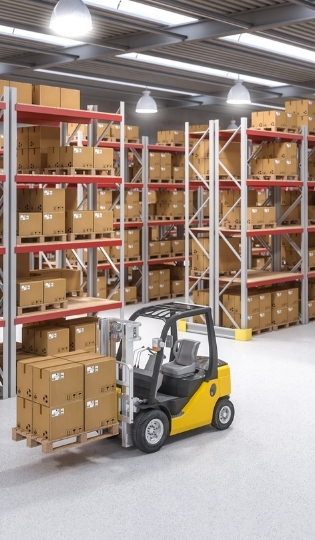To optimize production, companies are increasingly turning to just-in-time production, eliminating stocks of raw materials and finished goods.
Just-in-time production can be achieved in two different ways: push or pull.
In an increasingly competitive context, it is essential for a company to choose the right logistics for its activity.
It is therefore important to understand the difference between these two types of flows in order to make a relevant choice for a productive, rigorous and methodical company.
Push flow: definition
The push flow consists in producing a good before a particular need has been formulated by the customer.
The company then manufactures the product upstream by anticipating the number of orders.
Push flow is therefore a strategy of anticipating needs which generates stocks at each stage of production.
On a production line, each person will “push” the work they are doing to the next person. The only guideline in push flow is to take work only if it is available.
Pull flow: definition
Pull flow is a production method that is triggered only by the actual demand of the customer.
This method is similar to the Kanban method of producing only on demand and therefore aligns with a Lean approach.
Consult our guide to Lean Manufacturing methods and tools to learn how to implement the Lean approach.
In this method, there is no inventory because in the production line, each person “pulls” work from the step below.
This is generally the methodology adopted by car manufacturers.
Which method to adopt?
The push method is adapted to a company whose demand varies little and which must deliver quickly to the customer.
By reducing delivery times, the company increases customer satisfaction, which gives it a competitive advantage.
On the other hand, this method produces a lot of inventory, thus generating additional costs.
The pull method is suitable for companies that offer customization options and optimizes the company’s costs due to the absence of inventory.
However, the most significant disadvantage is the delivery time, which is often very long.
Is there a compromise?
Each organization, whether it is push or pull, responds to a specific problem of the company. It is therefore necessary to make a choice according to the constraints of your company and the expectations of your customers in order to guarantee continuous improvement.
If neither of the two methods seems to be perfectly adapted to your activity, there are compromises such as pull flow with intermediate stock which allows to reduce the delivery time of the customer.
Written by Emma Guignard







